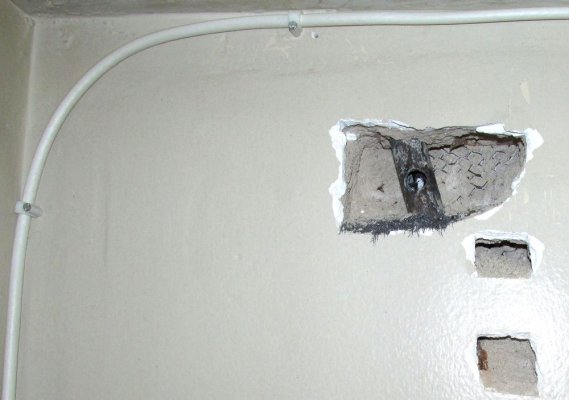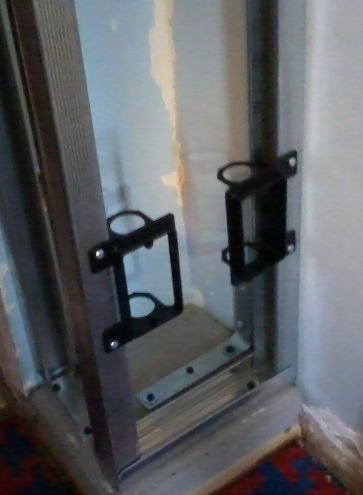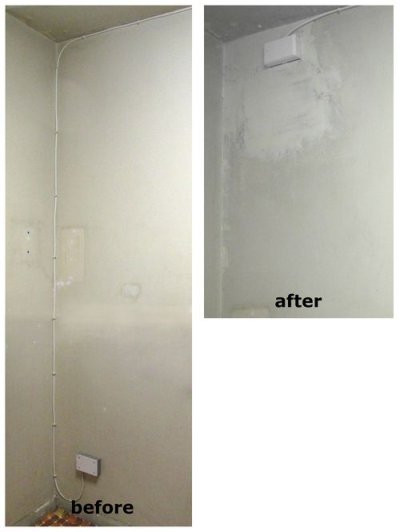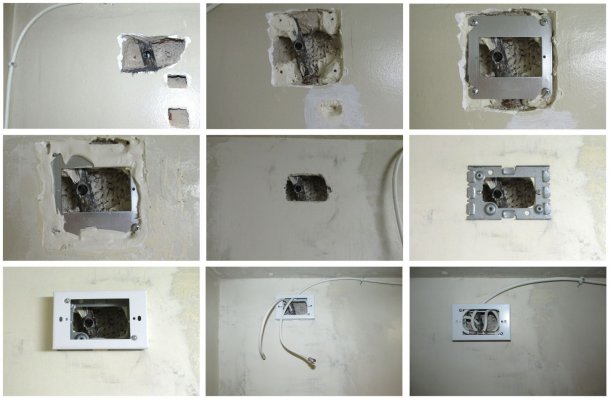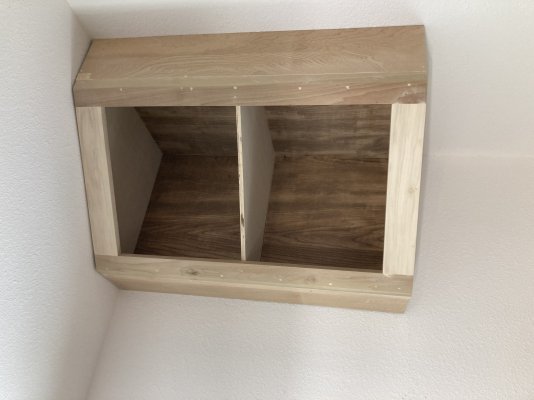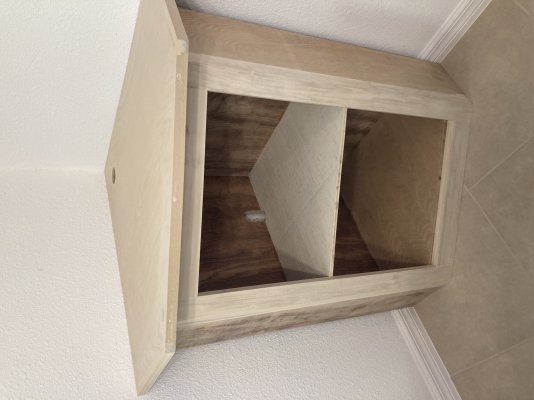harley
Give me a museum and I'll fill it. (Picasso) Give me a forum ...
We put these in our kitchen as the older cans were showing their age (the white turns yellow over time from the bulb heat). We had previously been using LED bulbs, which alone made a big difference, including a reduction in the heat output.
It's basically about 2-3 times the effort of replacing just a bulb. And they look nicer, it's a clean flush look. And if I have to replace these in 7 years? nbd.
One issue I ran into was the LEDs not dimming as well as the old incandescents. They'd only dim down a bit, then go completely off. I temporarily resolved that issue by leaving one can with an incandescent, which allowed the entire 6 cans on the switch to dim properly. It did leave one can with a different color, but not very noticeably. I replaced the last one when I switched out the dimmer to an LED compatible one.

